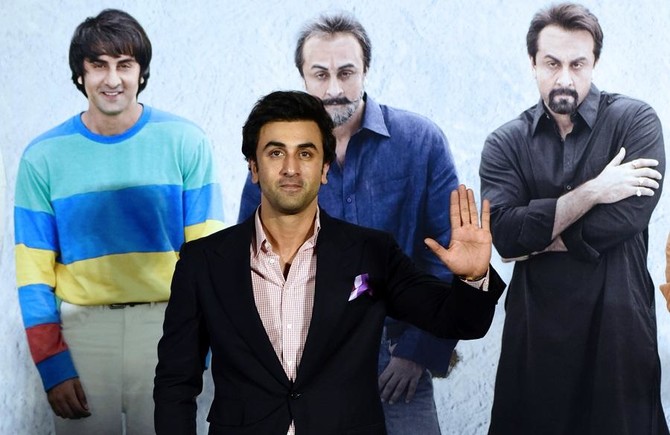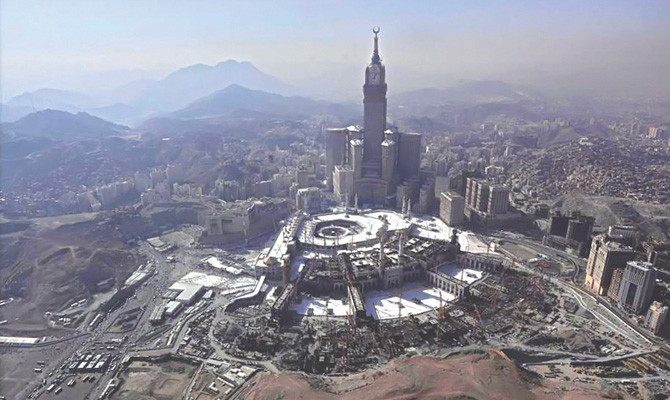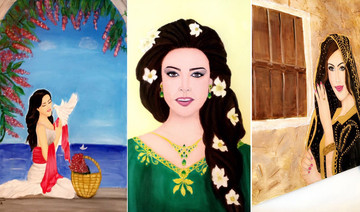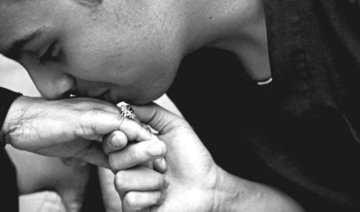CHENNAI: It is never easy to create a biopic about a celebrity who is still alive, but that isn’t the only reason Rajkumar Hirani’s “Sanju” fails to hit the mark. Hirani — who is known for “Munna Bhai M.B.B.S.,” “Three Idiots” and “PK” — appears to be in awe of his subject, actor Sanjay Dutt, who was once labelled the “bad boy of Bollywood.” The son of illustrious parents, actors Sunil Dutt and Nargis, Sanjay (who was endearingly called Sanju at home) entangled himself in a web of drugs and women before he was convicted of possessing guns supplied by extremists who staged the 1993 bombings in Mumbai in 2006.
Hirani, who co-wrote the screenplay, however, refuses to blame his protagonist. As he tells us in his movie — and as Sanjay (played by Ranbir Kapoor) narrates to his wide-eyed, besotted biographer, Winnie Diaz (played by Anushka Sharma in a hideous wig) — Sanjay was supposedly a victim of circumstance. It is only his wife, Manyata Dutt (Dia Mirza), who injects a bit of balance into the story by saying that her husband had made “bad choices.”
The film leads viewers through a winding checklist of why the wayward actor cannot possibly take responsibility for his actions, including his mother Nargis’ (Manisha Koirala) cancer and his girlfriend Ruby’s (Sonam Kapoor) decision to walk away from the relationship. Drug peddlers and communal violence are blamed for the actor’s decline into increasingly questionable behavior, with little responsibility laid at his feet. It’s hard to swallow and bitter at best in a country where Bollywood actors are sometimes perceived to have been unfairly absolved of their crimes.
In the end, the press is blamed for Sanjay’s travails: It convicted him even before the judicial process could be completed. While he is now free, having spent 23 years in and out of jail, Hirani’s hagiographic admiration leaves the viewer with no real answer as to why the actor associated with unsavory characters in the first place.
With its largely disappointing cast — barring Ranbir, who melts seamlessly into character, and Vicky Kaushal as Sanju’s friend, Kamli, who brings radiant humor to the film — this puppy-eyed look at a Bollywood legend falls disappointingly short of the mark.
Fawning admiration of Bollywood’s Sanjay Dutt the downfall of ‘Sanju’
Fawning admiration of Bollywood’s Sanjay Dutt the downfall of ‘Sanju’

Widening Madinah’s art horizon

- The city’s new art center has opened its doors, putting contemporary Saudi art on display
- Contemporary “014,” aptly named after the city’s code, is a collection of cutting-edge contemporary works by artists who have had their works displayed in a number of distinguished galleries and art shows around the world and the Kingdom.
JEDDAH: Saudi artists mingled with inquisitive guests at the Al-Madinah Art Center at its opening on Friday night, where many were awestruck to see such works for the first time in their city.
Located in a vast outdoor space at King Fahd Park, on the southwest side of Quba’ Mosque in Madinah Al-Munawarah, the center was built under the patronage of Madinah Gov. Prince Faisal bin Salman, who visited the center before Friday’s soft opening with Deputy Gov. Prince Saud bin Khalid Al-Faisal earlier this month.
Visitors walked through the main hall, moving from one display to another while listening to some of the artists in attendance explain their works, which are part of the center’s opening exhibit, “Comtemporary 014.”
It was a mission accomplished for Moath Al-Ofi, director of the center and curator of the exhibit. He said one of the center’s aims is for the residents of Madinah and visitors alike to be exposed to different forms of art, to help members of the community broaden their artistic horizons and expand their knowledge.
“Madinah has always held a prominent place in the Islamic world,” Al-Ofi told Arab News before the opening. “The center is going to add to its prominence.”
The center is in keeping with Crown Prince Mohammed bin Salman’s Vision 2030, which aims to diversify the country’s economy by expanding other sectors, art and culture among them. It is a crucial part of Madinah region’s plans to attract more visitors to one of Saudi Arabia’s most important tourist regions, with many Islamic and historical sites.

Contemporary “014,” aptly named after the city’s code, is a collection of cutting-edge contemporary works by artists who have had their works displayed in a number of distinguished galleries and art shows around the world and the Kingdom. They include Ghada Al Rabie, Filwa Nazer, Dr. Zahra Al-Ghamdi, Muhannad Shono, Nasser Salem, Ahmed Mater and Khalid Zahid.
Two video installations were on display at the center. Marwa Al-Mugait’s “We Were/Kunna” is a work that revolves around the density of hidden links that reflect the nature of emotions in the context of human relations. The work is a metaphor for the process of forming relationships and memories, and how they accumulate through movement and repetition.
The second was by Al-Ofi, who is also a photographer. “Mihlaiel” tells the story of lost heritage through scenes from five different locations around the magnificent lava tube volcanoes of Khaybar.
“I’m chasing a mystery, chasing enigmas, chasing regions unknown to most people,” Al-Ofi told Arab News. “I wanted to expose and give recognition to the area by shedding light on its beauty. In a way, I wanted to show how we could all relate to these historic civilizations.”
It was shot from above with corresponding extracts from the ground as the explorer walks around the abandoned structures of a historical fortress. The video also includes the ancient structures of the Arabian desert kites, an ancient hunting technique dating back 6,000 to 9,000 years ago.

The building for the Al-Madinah Art Center, part of the Madinah Regional Development Authority headed by Fahad Albuliheshi, was designed in a contemporary Islamic style by Madinah’s native Abdul Qader Hafez, to reflect the area’s atmosphere.
Alongside the main hall and designated training areas of the center, there is a modern library, vast outdoor green seating areas and a water fountain, adding to the calm vibe that comes along with center’s atmosphere.
The wide and spacious main hall will display contemporary art, with future plans for a permanent exhibition and training halls for educational workshops and events.
The center aims to exhibit the various artistic styles many Saudi artists are exploring, with future plans to exhibit works by other known Arab and Muslim artists as well. It plans to hold educational training programs to create an innovative atmosphere to enrich the art movement and community in the region.
The center also intends to provide educational art programs for all, while concentrating on schoolchildren.
One of the center’s future initiatives is providing a residency program, the first of its kind in the Kingdom, in a nearby special historic location that is conducive to creativity, and will provide the artists with working facilities, connections and educational services to help artists focus on their works and develop them in the best possible way.












